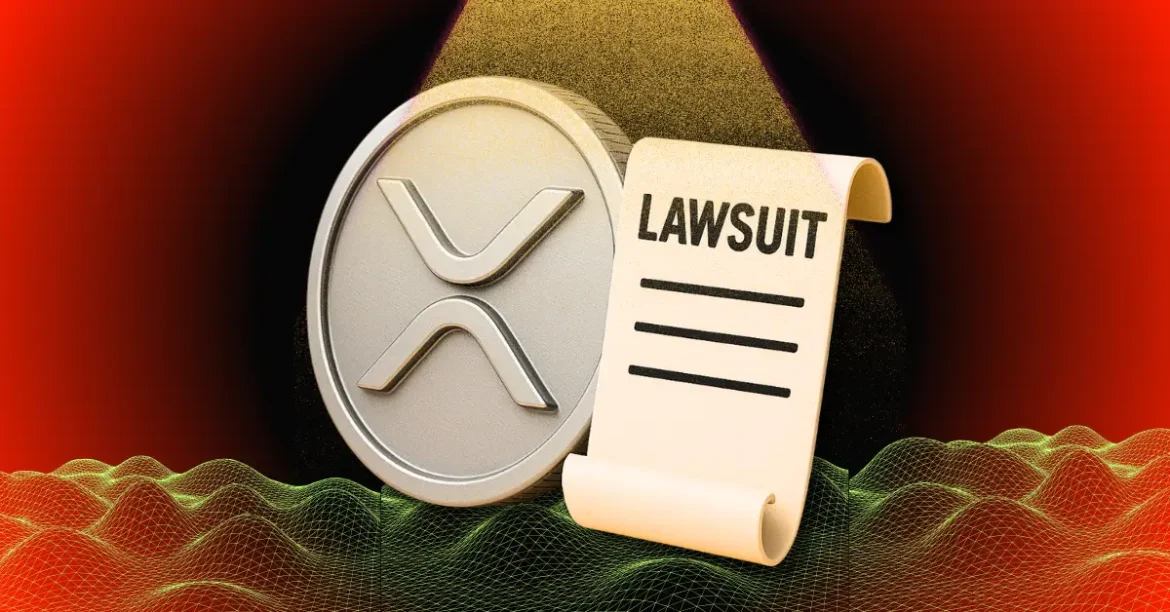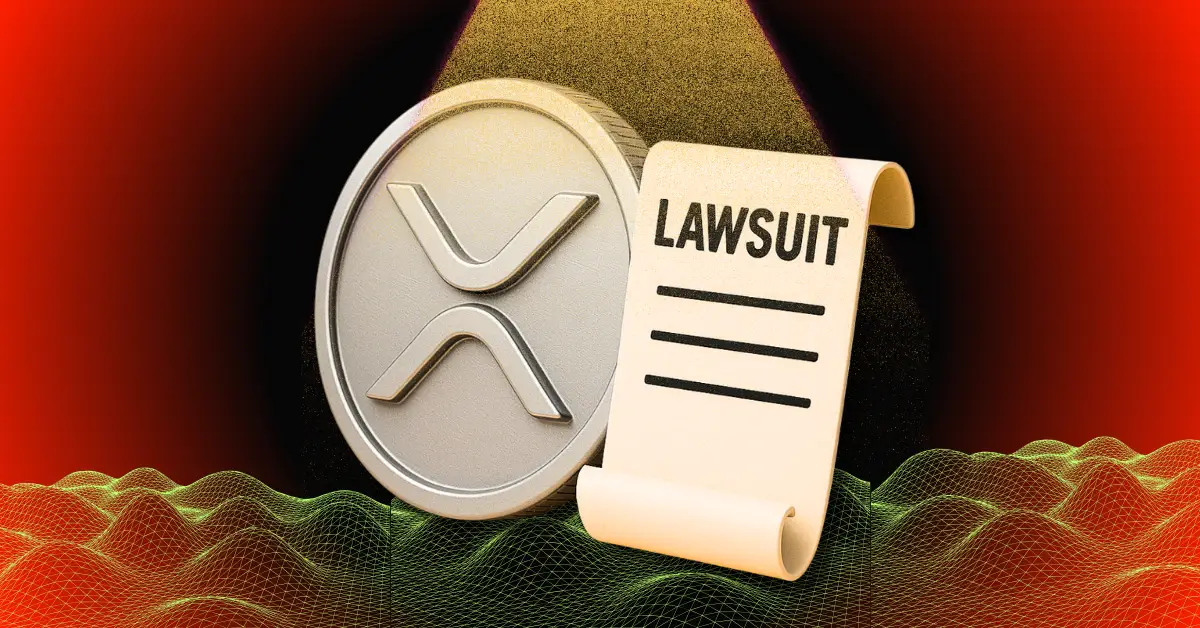Unraveling the Ripple vs. SEC Lawsuit: Current Status and Legal Nuances
The Ripple versus U.S. Securities and Exchange Commission (SEC) lawsuit has been a focal point in the cryptocurrency legal world since its inception in 2020. With XRP, Ripple’s native token, at the heart of the dispute, the case carries considerable implications for the regulatory classification of cryptocurrencies. Recent developments have injected fresh uncertainty into an already complex legal battle. This comprehensive analysis explores recent court rulings, procedural setbacks, key deadlines, and what the evolving narrative means for Ripple, the SEC, and the crypto community.
—
Background: A Prolonged Legal Chess Game
At its core, the SEC alleges that Ripple Labs conducted an unregistered securities offering by selling XRP tokens. Ripple contends XRP is not a security but a cryptocurrency similar to Bitcoin or Ethereum, which fall outside SEC jurisdiction.
In July 2023, Judge Analisa Torres ruled that XRP tokens sold on public exchanges did not meet the legal definition of securities, granting Ripple a partial victory. However, institutional sales remained under scrutiny, leaving the matter unsettled. The SEC appealed these findings, and the legal tug-of-war has continued with multiple filings, including motions addressing procedural and substantive issues.
—
Recent Court Actions: Procedural Hurdles and Settlement Denials
Since early 2025, Judge Torres has been a pivotal figure, issuing rulings that complicate prospects for a quick resolution:
– Settlement Motion Denial: On several occasions, Judge Torres denied joint motions by both Ripple and the SEC to settle the case, citing “procedural improprieties” and insufficient legal justification under court rules. A notable example occurred in May 2025 when an attempt to reduce Ripple’s penalty through a $50 million settlement was rejected for lacking “exceptional circumstances” under Rule 60.
– Indicative Ruling Denial: Both parties sought an indicative ruling from the court to clarify legal positions, but these motions were dismissed as procedurally incorrect.
– Rejection of Requests for Revising Settlement: Judge Torres consistently blocked efforts by Ripple and the SEC to rework settlement terms, underscoring judicial insistence on procedural rigor.
These setbacks highlight the judiciary’s careful approach and set a demanding standard for any compromise between regulator and defendant.
—
Key Upcoming Deadlines and Expected Timelines
The court docket reveals a crucial deadline looming on June 16, 2025, when the SEC must submit an official status report. This filing is expected to indicate whether both parties intend to seek an extension for settlement talks or move forward toward trial or final judgment.
Legal experts, including ex-SEC attorneys and litigators closely following the case, express skepticism about a ruling or settlement agreement before July 2025. The absence of corrected filings or new motions many weeks after denials is fueling speculation that both sides may be recalibrating their strategies.
—
Ripple’s Arguments and SEC’s Position: Shifting Legal Ground
Legal insiders note that the SEC’s handling of the case exhibits both tactical and substantive vulnerabilities:
– The SEC aims to exact up to a $2 billion penalty and impose an injunction prohibiting XRP sales to institutional investors, reflecting a hard-line stance.
– Ripple’s defense leans heavily on Judge Torres’s prior characterization of XRP as not inherently a security, pressing the point that the focus should be on the sale circumstances rather than the token itself.
– Lawyers have argued that the SEC must “admit faults” in their stance about XRP’s harm to investors to facilitate any meaningful settlement.
This schism over interpretation and responsibility remains central to the deadlock.
—
Market Impact: Fluctuations Reflect Legal Uncertainty
The lawsuit’s progression has exacted tangible effects on XRP’s market value and investor sentiment:
– Following court setbacks such as denied motions, XRP has experienced price declines of around 4% to 18%, attributed to shaken confidence amid regulatory uncertainty.
– Despite volatility, broader crypto market movements sometimes overshadow XRP-specific legal news, but the resolution of this case is widely seen as a bellwether for regulatory clarity in the crypto space.
—
Judicial Perspective: Judge Torres’s Firm Hand
Judge Analisa Torres has maintained consistent adherence to procedural law and judicial standards:
– Her rulings demonstrate reluctance to approve settlements or motions lacking rigorous justification, emphasizing fairness and due process over expediency.
– Observers note that she is unlikely to backtrack or revoke her rulings, signaling a steady judicial approach that neither side should expect to circumvent through procedural shortcuts.
—
Looking Ahead: What’s Next for Ripple and the SEC?
With the June 16 status report deadline approaching and a ruling unlikely before July, the Ripple vs. SEC lawsuit remains suspended in legal uncertainty. Both sides appear locked in a cautious stalemate, recalibrating their approaches amid procedural and substantive barriers.
For Ripple, sustaining momentum on prior favorable rulings while demonstrating willingness to negotiate will be critical. For the SEC, reassessing legal positions and possibly conceding some faults may open pathways to resolution. However, resolute stances and judicial expectations for procedural impeccability ensure the path remains arduous.
—
Conclusion: Navigating Legal and Regulatory Crossroads
The Ripple lawsuit epitomizes the challenges of applying traditional securities law frameworks to novel digital asset paradigms. Beyond the technical legal arguments, this case serves as a symbolic battleground shaping cryptocurrency regulation’s future contours in the United States.
As June mid-month draws near, the cryptocurrency community watches attentively, aware that each court filing or ruling could shift the regulatory landscape. Whatever the outcome, the Ripple vs. SEC saga underscores the complexity of balancing innovation, investor protection, and legal certainty in an evolving digital economy.





